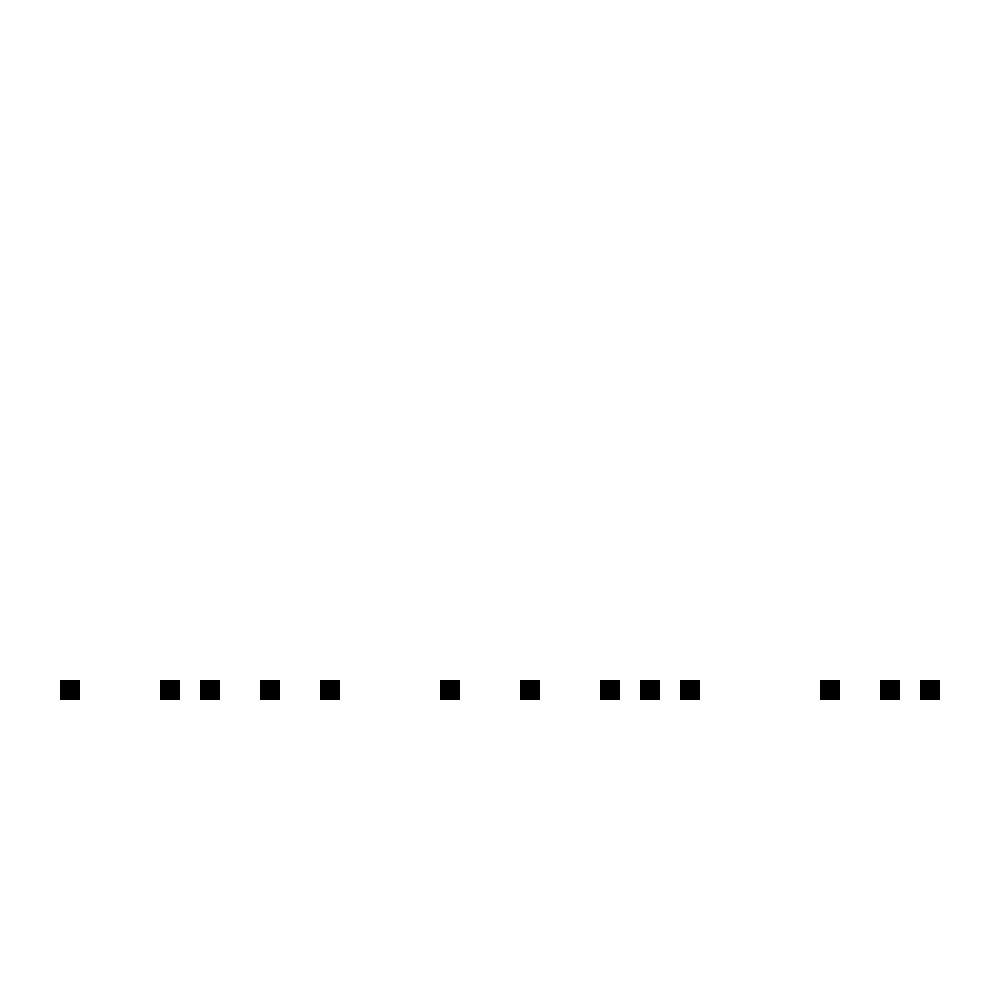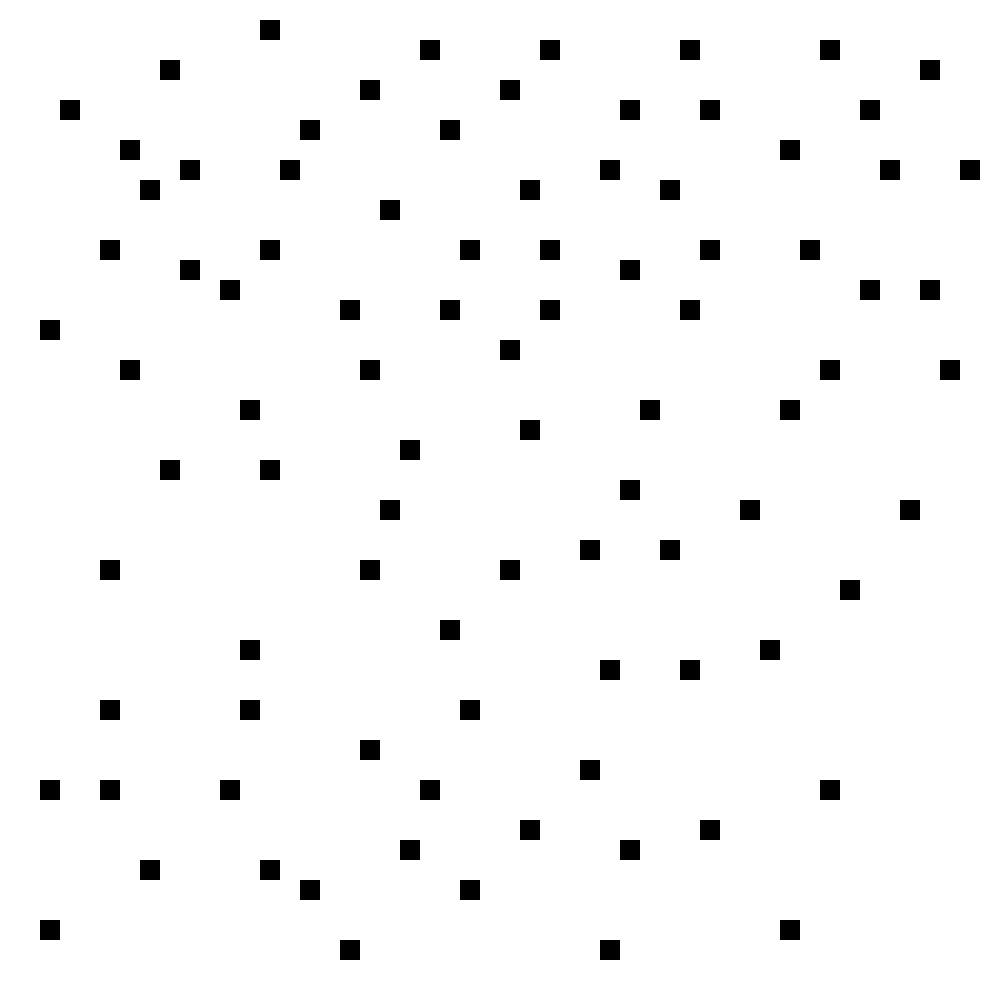Search: keyword:teach
|
|
| Displaying 1-10 of 10 results found.
|
page 1
|
|
|
Sort:
id
Format:
long
Filter:
(all | no meta | meta)
Mode:
(words | no words)
|
|
|
|
|
|
| |
|
| BP100 |
| The letter A vs. the letter Б. |
|
| |
|
|
|
|
COMMENTS
|
This is the final problem in Bongard's original collection. It is the only member of the collection that makes reference to human culture. This can be interpreted symbolically as foreshadowing that computers will be able to perform the various tasks that humans can do.
Another idea introduced by this Bongard Problem is that a Bongard Problem can teach its solution to the solver. (See keyword teach.) A large pool of examples can be used for training, as is common in machine learning. |
|
|
REFERENCE
|
M. M. Bongard, Pattern Recognition, Spartan Books, 1970, p. 247. |
|
|
CROSSREFS
|
Adjacent-numbered pages:
BP95 BP96 BP97 BP98 BP99 * BP101 BP102 BP103 BP104 BP105
|
|
|
KEYWORD
|
easy, nice, teach, arbitrary, anticomputer, culture, finished, bongard
|
|
|
CONCEPT
|
specific_shape (info | search),
specificity (info | search)
|
|
|
AUTHOR
|
Mikhail M. Bongard
|
| |
|
|
| |
|
| BP862 |
| Human faces vs. other images. |
|
| |
|
| |
| |
|
|
| |
|
| BP981 |
| Grid of analogies vs. different kind of rule. |
|
| |
|
|
|
|
COMMENTS
|
On the left, each row and column could be labeled by a certain object or concept; on the right this is not so.
More specifically: on the left, each row and each column is associated with a certain object or concept; there is a rule for combining rows and columns to give images; it would be possible without changing the rule to extend with new rows/columns or delete/reorder any existing columns. On the right, this is not so; the rule might be about how the images must relate to their neighbors, for example.
All examples show grids of squares with an image in each square, such that there is some "rule" the images within the grid obey.
Left examples are a generalized version of the analogy grids seen in BP361. Any analogy a : b :: c : d shown in a 2x2 grid will fit on the left here.
To word the solution with mathematical jargon, "defines a (simply described) map from the Cartesian product of two sets vs. not so." Another equivalent solution is "columns (alternatively, rows) illustrate a consistent set of one-input operations." It is always possible to imagine the columns as inputs and the rows as operations and vice versa.
There is a trivial way in which any example can be interpreted so that it fits on the left side: imagine each row is assigned the list of all the squares in that row and each column is assigned its number, counting from the left. But each grid has a clear rule that is simpler than this. |
|
|
CROSSREFS
|
BP1258 is a similar idea: "any square removed could be reconstructed vs. not." Examples included left here usually fit left there, but some do not e.g. EX9998.
See BP979 for use of similar structures but with one square removed from the grid.
Adjacent-numbered pages:
BP976 BP977 BP978 BP979 BP980 * BP982 BP983 BP984 BP985 BP986
|
|
|
KEYWORD
|
nice, convoluted, unwordable, notso, teach, structure, rules, grid, miniworlds
|
|
|
CONCEPT
|
analogy (info | search)
|
|
|
WORLD
|
grid_of_images_with_rule [smaller | same | bigger]
zoom in left (grid_of_analogies)
|
|
|
AUTHOR
|
Aaron David Fairbanks
|
| |
|
|
| |
|
| BP1080 |
| Image of a Bongard Problem vs. other image. |
|
| |
|
| |
| |
|
|
| |
|
| BP1090 |
| Top piece can slide into bottom area in such that there is an unbroken black horizontal region vs. not so. |
|
| |
|
| |
| |
|
|
| |
|
| BP1271 |
| Positive correlation vs. negative correlation. |
|
| ?
 | ?
 |
|
|
|
|
|
COMMENTS
|
All examples in this Bongard Problem are scatter plots. Each dot represents a data point.
"Positive correlation" means that when the X value increases, the Y value tends to increase as well (in the long run), while "negative correlation" means that when the X value increases, the Y value tends to decrease. |
|
|
CROSSREFS
|
Adjacent-numbered pages:
BP1266 BP1267 BP1268 BP1269 BP1270 * BP1272 BP1273 BP1274 BP1275 BP1276
|
|
|
EXAMPLE
|
Example TM4854 does not fit on either side because when the X value increases, the Y value stays the same.
Example TM4855 does not fit on either side because there is no correlation. |
|
|
KEYWORD
|
fuzzy, minimal, unwordable, teach, spectrum, dual, handed, leftright, updown, rotate, stable, hardsort, left-narrow, right-narrow
|
|
|
AUTHOR
|
Ben
|
| |
| |
|
|
|
|
|
|
|
|